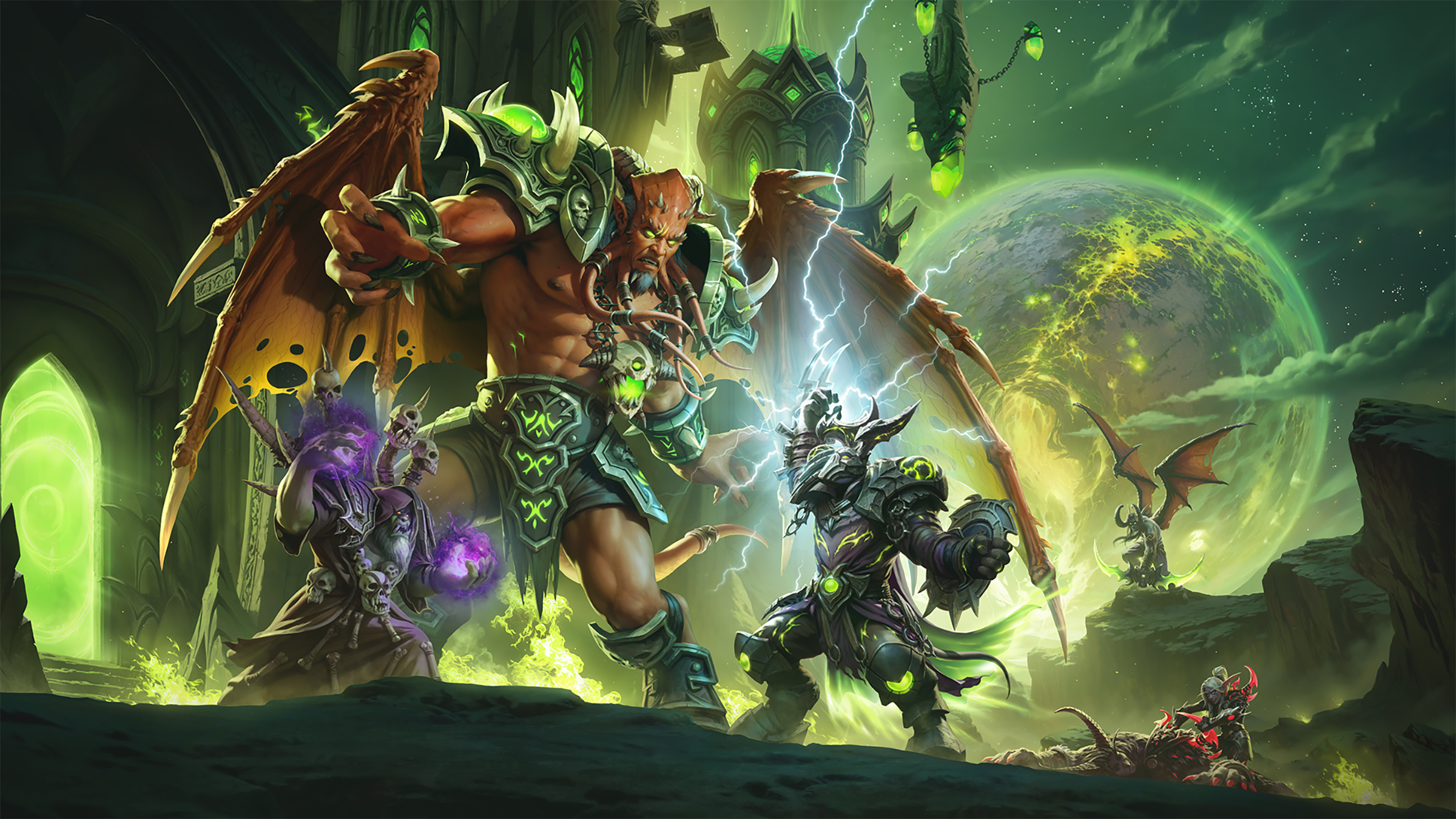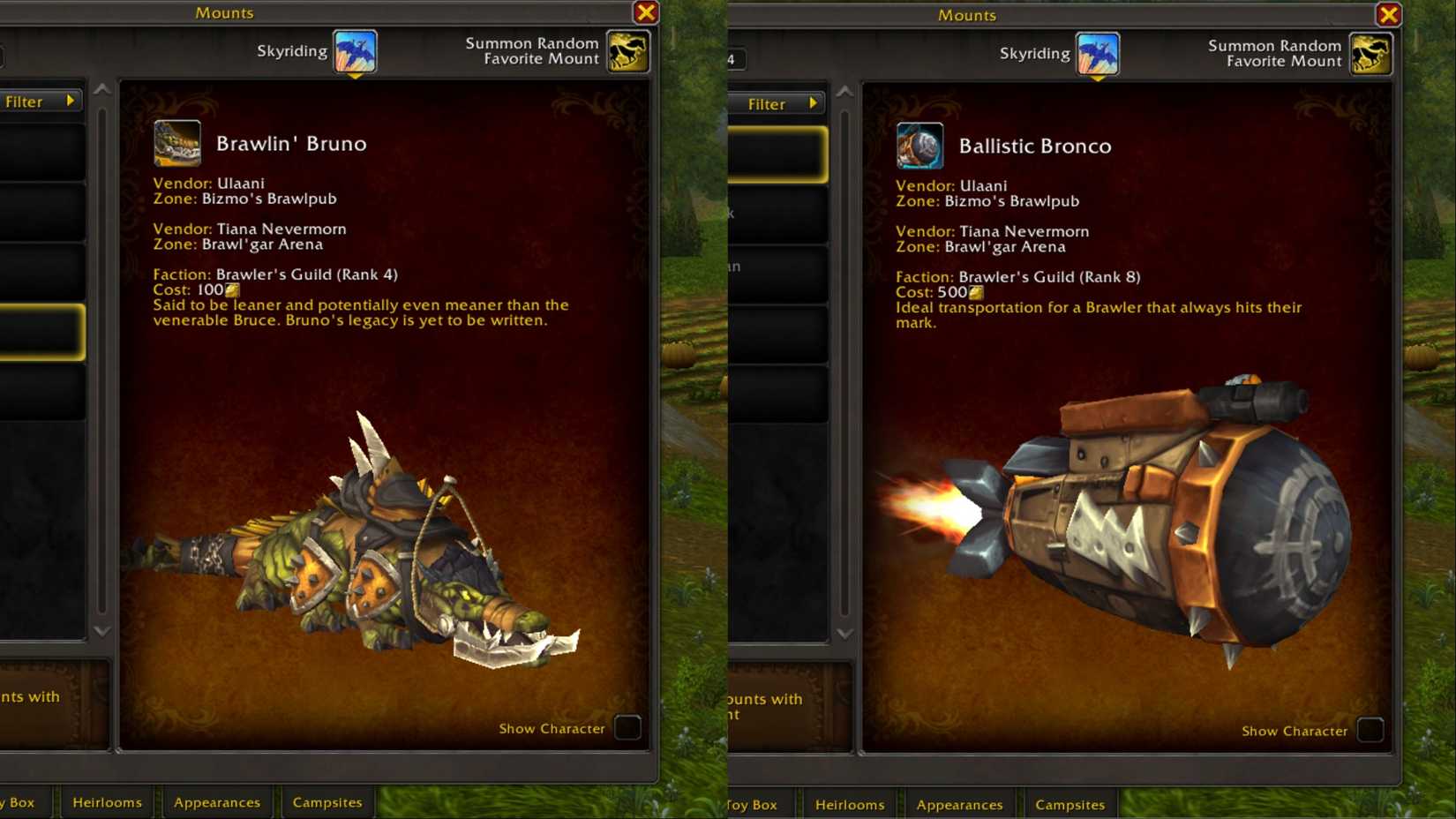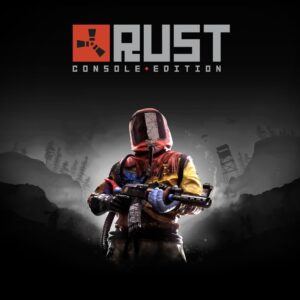The Addon Apocalypse in Azeroth: Blizzard’s Bold Move to Dismantle Combat Automation in WoW: Midnight
Popular Now
 Brawl Stars
Brawl Stars
 PUBG Mobile
PUBG Mobile
 Roblox
Roblox
 NBA 2K24
NBA 2K24
 Among Us
Among Us
 Call of Duty
Call of Duty
 Minecraft
Minecraft
 Rust
Rust
 BeamNG.drive
BeamNG.drive
 Free Fire
Free Fire
 The landscape of World of Warcraft‘s endgame is on the cusp of an unprecedented and divisive transformation. With the upcoming Midnight expansion, Blizzard Entertainment is poised to implement a sweeping set of changes to the game’s combat Application Programming Interface (API), a move that directly targets and will effectively kill the core functionality of several of the game’s most popular addons. The most significant casualty of this shift is the widely-used and transformative customization tool, WeakAuras, the developers of which have announced they will not be supporting the addon for the new expansion due to the severity of the restrictions. This marks a new era for WoW gameplay, forcing a fundamental rethink of how players approach Mythic+ dungeons and raid encounters.
The landscape of World of Warcraft‘s endgame is on the cusp of an unprecedented and divisive transformation. With the upcoming Midnight expansion, Blizzard Entertainment is poised to implement a sweeping set of changes to the game’s combat Application Programming Interface (API), a move that directly targets and will effectively kill the core functionality of several of the game’s most popular addons. The most significant casualty of this shift is the widely-used and transformative customization tool, WeakAuras, the developers of which have announced they will not be supporting the addon for the new expansion due to the severity of the restrictions. This marks a new era for WoW gameplay, forcing a fundamental rethink of how players approach Mythic+ dungeons and raid encounters.
The Great Purge: WeakAuras, Deadly Boss Mods, and the Combat API Lockdown
The core of Blizzard’s controversial decision lies in restricting third-party access to real-time combat data, a functionality that for years has powered what many consider to be “mandatory” add-ons. Game Director Ion Hazzikostas has been vocal about the development team’s desire to “rein in” the functionality of add-ons that perform “real time in combat problem solving.” The goal is to shift player focus from reacting to an addon’s flashing alerts to observing and interpreting the game world and boss fight design itself. This philosophical stance has culminated in a technical change that affects several high CPC keywords in the gaming sphere.
- WeakAuras: The End of an Era: Often described as a “sandbox” for player interface and a crucial tool for both accessibility and high-level performance, the WeakAuras team has made the difficult decision to cease development for WoW: Midnight. The new API restrictions make core functionalities—such as multi-trigger conditions and complex actions—impossible, rendering a new version “barely recognizable.” This will have a profound impact on every player who relies on the addon for tracking class rotations, critical buffs, and nuanced boss mechanics.
- The Boss Mod Blockade (DBM & BigWigs): Add-ons like Deadly Boss Mods (DBM) and BigWigs, which have been a staple of organized PVE since the early days of World of Warcraft, are also directly affected. By disabling the ability to use add-ons related to real-time combat data, these essential tools for raid and dungeon alerts will simply fail to function as they have for decades. This forces players to rely solely on the default in-game warnings and visual cues.
- Hekili and Rotation Helpers: Other performance-enhancing tools, such as the popular rotation helper Hekili, are also confirmed to be ending support with the Midnight pre-patch. These add-ons, which provided recommended ability sequences, were a vital tool for players looking to master complex class rotations or pick up a new specialization quickly.
 This “addon apocalypse” is not an overnight decision but the culmination of a long-standing “arms race” between developers and the community. As raid encounters became increasingly complex to challenge players equipped with advanced add-ons, the add-ons, in turn, became more sophisticated to trivialize those mechanics, leading to a gameplay loop where the third-party software felt mandatory for entry into high-level content. Blizzard aims to break this cycle.
This “addon apocalypse” is not an overnight decision but the culmination of a long-standing “arms race” between developers and the community. As raid encounters became increasingly complex to challenge players equipped with advanced add-ons, the add-ons, in turn, became more sophisticated to trivialize those mechanics, leading to a gameplay loop where the third-party software felt mandatory for entry into high-level content. Blizzard aims to break this cycle.
Blizzard’s Replacement Strategy: Will it Be Enough?
To mitigate the community outcry and the undeniable loss of utility, Blizzard has stated it is integrating several features directly into the default game interface in World of Warcraft: Midnight. These in-house tools are intended to fill the void left by the defunct add-ons, but early reports from the Alpha phase suggest they are far from comprehensive replacements.
The new integrated features include:
- Built-in Boss Alert System: A system intended to replace the functionality of DBM and BigWigs, offering basic notifications for boss abilities. The key difference is that this in-house tool receives “black-boxed” combat data, which prevents complex computational logic that an addon might use to automate decision-making.
- Native Cooldown Tracking and Visuals: Players can now create displays similar to some WeakAuras to track their own cooldowns and abilities.
- Integrated Damage Meter: A damage and healing meter is being added to the default UI, providing a built-in alternative to tools like Details! or Skada, though its feature set may be less robust than community-created options.
The Accessibility Concern: A major point of friction for the community is the impact on accessibility in gaming. Many players with disabilities have relied on the deep customization of add-ons, particularly WeakAuras, to tailor the user interface to their specific needs, often using custom visual or auditory alerts to process critical information. Community feedback strongly suggests that Blizzard’s current in-house solutions are insufficient to replace the decades of community-driven accessibility features that are now being lost. The question remains: can Blizzard’s internal UI team, vastly smaller than the thousands of community addon authors, effectively replace twenty years of refined user tools?
Game Design Reimagined: The Future of WoW Endgame
The removal of combat add-ons necessitates a radical shift in WoW boss design. Game Director Hazzikostas has publicly admitted that the development team will need to tune and design encounters differently. The goal is to make boss mechanics more intuitive and self-evident, where a lethal threat is clear from the visual presentation, not an external air horn warning. This pivot aims to restore the challenge and player agency that Blizzard believes were diminished by automation.
The new design philosophy is expected to emphasize:
- Clearer Visuals: Hazardous effects and key boss abilities will need to be significantly more telegraphed and visually distinct to ensure players can react without a third-party timer.
- Simplified Rotations and Fewer Abilities: Hand-in-hand with the addon changes is a simultaneous effort to simplify the core rotations of many classes, reducing “button bloat” and making the game more approachable. This, in theory, reduces the need for complex rotation-helper add-ons.
- Encounter Tuning: Older raids, such as the Manaforge Omega raid from The War Within, are already slated to receive tuning passes to ensure they maintain an “appropriate level of challenge” in the absence of combat assistance add-ons in the pre-patch.
 This is a high-stakes gamble for the franchise. While some in the community applaud the move as a necessary step to reassert the game’s core challenge and reduce the barrier to entry for new players, high-end raiders and those focused on competitive PVE are expressing profound skepticism and frustration. The sudden removal of established, powerful tools without fully proven, feature-complete replacements is viewed by many as an imposition that risks alienating the dedicated core player base who invest heavily in MMORPG content.
This is a high-stakes gamble for the franchise. While some in the community applaud the move as a necessary step to reassert the game’s core challenge and reduce the barrier to entry for new players, high-end raiders and those focused on competitive PVE are expressing profound skepticism and frustration. The sudden removal of established, powerful tools without fully proven, feature-complete replacements is viewed by many as an imposition that risks alienating the dedicated core player base who invest heavily in MMORPG content.
Monetization and Console Speculation: The Long-Term View
Beyond the immediate gameplay concerns, the stringent control over the game’s combat UI has sparked wider speculation among the community, touching on two sensitive topics: monetization and a potential console release.
Increased Control and Future Monetization: By taking back control of core UI functionality, Blizzard is positioned to integrate any future quality-of-life or enhanced features directly into the game. Some pessimistic observers have voiced concerns that this central control could, in the long-term, lead to a model where Blizzard offers enhanced UI features or utility behind a paywall, a scenario that would drastically change the game’s business model.
A Nod to Console Compatibility: The simplification of class rotations and the removal of “mandatory” add-ons are changes that align perfectly with preparing the game for a console environment. Consoles, with their limited button inputs and lack of official support for third-party add-ons, would benefit immensely from a simpler interface and combat system. This has fueled rumors that a WoW console release is a primary, if unstated, motivator behind the “Midnight” development philosophy.
As the World of Warcraft community enters the pre-launch phase for Midnight, all eyes will be on the in-house alternatives Blizzard introduces. The success of this dramatic shift hinges entirely on whether the new design philosophy—combined with the integrated UI features—can deliver a challenging, accessible, and ultimately more enjoyable PVE experience without the aid of the community’s most beloved and powerful combat tools.
Source Note: Information is compiled from recent developer interviews with Game Director Ion Hazzikostas, official Blizzard statements on the Midnight Alpha, and public announcements from the WeakAuras development team, and coverage from major gaming news outlets.
Keywords for SEO/CPC: World of Warcraft, WoW: Midnight, WeakAuras, Deadly Boss Mods, DBM, Combat Addons, MMORPG, Raid Encounters, Mythic+ Dungeons, WoW Gameplay, Blizzard Entertainment, WoW UI, Hekili, Gaming News, PC Gaming, The War Within.










